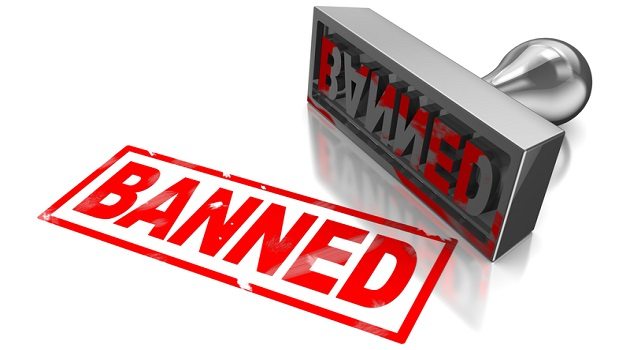In a Bold Step for Public Health, France Challenges Tech Giant While U.S. Reexamines Decades-Old Radiation Guidelines
In a time when cell phone usage is nearly ubiquitous, a series of groundbreaking developments have spotlighted the urgent need for updated safety standards surrounding radiofrequency (RF) radiation exposure. Leading the charge are a landmark legal ruling in the U.S. and decisive action by French authorities against one of the world’s leading smartphone manufacturers.
Earlier this week, the French National Frequency Agency, ANFR, delivered a resounding message about consumer safety by instructing Apple to address the radiation levels emitted by iPhone 12, which was found to surpass the European Union standards during tests simulating conditions of the phone being kept in a hand or a pocket. Although Apple maintains that the device complies with all existing safety standards globally, the French agency has insisted on swift corrective measures, underlining their commitment to public health.
This development closely follows a monumental ruling in the U.S. where the Court of Appeals for the DC Circuit challenged the Federal Communications Commission (FCC) for its outdated guidelines concerning RF radiation exposure, set in 1996. This legal milestone accentuates the growing concerns regarding potential health risks, especially to children, arising from prolonged exposure to mobile phone radiations.
The present guidelines by the FCC only consider the thermal effects of RF radiation, largely overlooking numerous recent studies that point towards potential non-thermal biological harms, including disruptions to cell membranes and DNA, oxidative stress, and triggered inflammations. The court ruling hints at a much-needed shift in stance, urging the FCC to incorporate contemporary scientific findings into their safety norms to offer robust protection to the public.
The urgency for updated guidelines is accentuated by mounting evidence suggesting that RF radiation might have broader impacts on health, potentially leading to issues such as cancer and neurological disorders. Furthermore, this serves as a wakeup call for regulatory bodies to prevent being swayed by the industries they are meant to monitor, a scenario termed as regulatory capture. Notably, organizations like the Environmental Health Trust and Children’s Health Defense have been vociferous in highlighting these concerns and have played a pivotal role in steering the conversation towards the necessity of revisited safety guidelines.
The harmonized global outcry against outdated safety norms signifies a pressing need for the FCC and other similar entities worldwide to adopt a proactive approach towards public health and safety. The onus now lies on these agencies to foster a safer technological landscape by integrating the latest research into new safety regulations, thereby ensuring adequate protection against potential harms of RF radiation.
In conclusion, these concurrent events mark a potential turning point in the discourse surrounding RF radiation safety. They serve as a robust call to action for regulatory bodies worldwide, urging them to prioritize public health and safety above industry interests. As the narrative unfolds, it’s crucial for the global community to remain vigilant and engaged, advocating for regulations that truly safeguard public health in the era of burgeoning wireless technology. It’s a call for a future where technological advancements harmoniously coexist with the well-being of its users, steering us towards a healthier and informed society.








